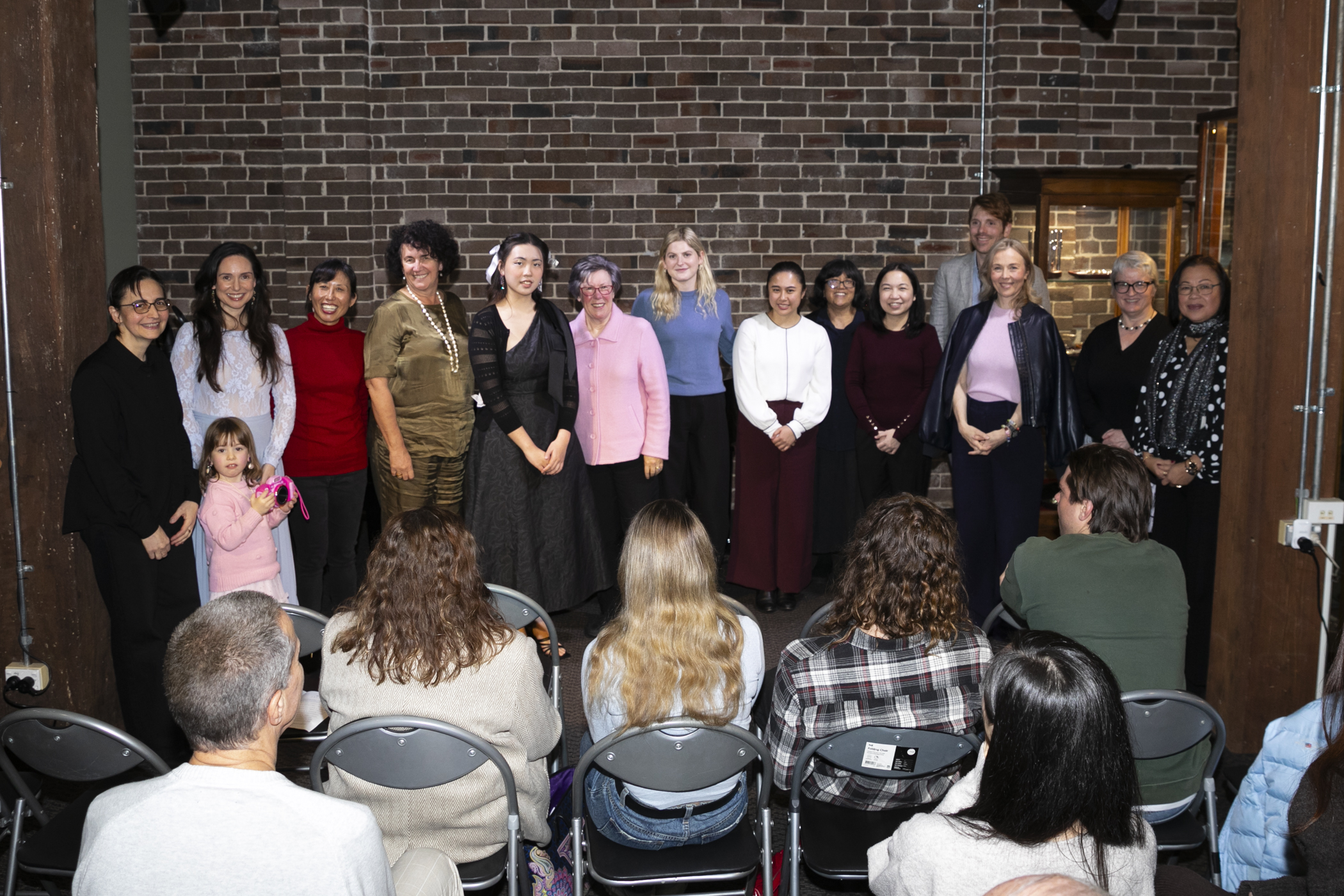How to safely add belt singing to your repertoire
Belt singing is one of the most debated and controversial singing techniques and it’s easy to see why. Widely known as a ‘high chest voice’, singers mistakenly push their chest voice higher and higher, which can lead to damage.
 In fact, belt singing is about learning your register changes and mixing in your head voice to achieve a brassy, forward resonance. Plus it’s vital to have a well-established foundational singing technique, which includes an understanding of breathing, how to mix and blend your registers and how to shape, articulate and position your vowels.
In fact, belt singing is about learning your register changes and mixing in your head voice to achieve a brassy, forward resonance. Plus it’s vital to have a well-established foundational singing technique, which includes an understanding of breathing, how to mix and blend your registers and how to shape, articulate and position your vowels.
While not for the faint-hearted, belt singing is a handy addition to your repertoire, especially if you’re interested in pop singing and musical theatre. Students regularly ask me to teach them this technique and I’d like to share the steps they take to become safe and confident belt singers.
Before we start, the first thing to understand is that you won’t become an overnight belting sensation! Learning to belt can take 6 to 12 months or more of dedicated practise, but if you commit to the process, it will become second nature.
Speak it first
The best way to begin is with your speaking voice. That’s right, singing comes later. Starting with speech allows you to practise the forward resonance or very bright, brassy sound that is critical to belting. In fact, I often advise my students to speak with a New York accent. Think of Fran Drescher’s voice on the TV show ‘The Nanny’ and say short phrases like, ‘Ow, that hurt’, ‘Hey, cut that out’ or ‘Taxi’, as if you’re calling out to a yellow cab on a crowded New York street. Remember to keep your vowels forward. I ask my students to start these exercises in their lower voice and then move up and back down in pitch until they have a feel for the register changes in their speech.
Onto phrases
Once you have your speaking voice worked out, you can start singing some small phrases like, ‘I want to know’ to a little tune. Again, make sure you achieve a very forward sound and repeat the phrasing, moving up and down the ranges. A popular phrase with my students is, ‘that fat man’. They feel a bit rude at first, but soon find the forward ‘a’ sounds helpful. To extend this exercise, I ask them to pretend they’re at the back of a bus and start by saying and singing ‘that fat man’ in a low voice. As they walk forward, they bring the sound higher and higher and make it brighter and brighter.
Then sing it
Soon it’s time to test your new skills out on a song. There are several songs that are ideal for a beginner belter, including ‘Listen’ from Dreamgirls, ‘Shy’ from Once Upon a Mattress and ‘I don’t know how to love him’ from Jesus Christ Superstar. Again, learn one of these songs and each time you sing it, adjust the pitch and forward resonance.
Cool down
Belt singing is like an intense gym workout for the voice, so it’s important to give your muscles time to cool down. I recommend gentle sounds like ooooh, ahhhh or shahhhh that go from the top or middle of the range to the bottom. Gentle humming is another way.
Keep in mind that you should schedule in down time for your voice too. Just as your voice tires when speaking over the noise at a loud pub or party, belting takes its toll and the following day your voice can seem lacking in focus. Make sure you allow some rest time in-between practice or performances.
Two students I have worked with recently on belt singing are proving that planned practice can make a difference.
A dying cat
 Akesiu Onga Poitaha, who is studying a music degree at Sydney’s Excelsia College, admits that in the beginning her belting was woeful! “My breathing was everywhere and the sound that came out of my mouth was like a dying cat,” she said. Akesiu has a big, low voice, so her challenge was working on mixing in her head voice. Without this, her low voice would reach a ceiling and the sound became husky and breathy. Akesiu spent a lot of time on the speaking exercises, including ‘that fat man’ and using a New York accent. “I became so used to singing with a New York accent that I found myself speaking with a twang after one particular performance and everyone laughed at me. But it worked.” Despite a shaky start, Akesiu achieved a distinction at her recent final year recital and is looking forward to exploring the style via soul and motown songs, like those sung by Aretha Franklin and The Supremes.
Akesiu Onga Poitaha, who is studying a music degree at Sydney’s Excelsia College, admits that in the beginning her belting was woeful! “My breathing was everywhere and the sound that came out of my mouth was like a dying cat,” she said. Akesiu has a big, low voice, so her challenge was working on mixing in her head voice. Without this, her low voice would reach a ceiling and the sound became husky and breathy. Akesiu spent a lot of time on the speaking exercises, including ‘that fat man’ and using a New York accent. “I became so used to singing with a New York accent that I found myself speaking with a twang after one particular performance and everyone laughed at me. But it worked.” Despite a shaky start, Akesiu achieved a distinction at her recent final year recital and is looking forward to exploring the style via soul and motown songs, like those sung by Aretha Franklin and The Supremes.
From classical to pop
 At the other end of the spectrum, Melody Duan (pictured right), a classically-trained soprano, finds a very forward, bright resonance easy to achieve, as she uses her head and middle voice to sing arias. Melody’s challenge is learning to mix her lower voice with her middle and upper voice to gain a twangy belt sound. “Finding that balance is probably the hardest part,” she said. For Melody, practising breathing is central to learning belt. “I spent five minutes every day just practising my breathing and that made a huge difference. I made sure I utilised all the muscles in my torso to coordinate a breath.” Now that she has extended her practice sessions, she still incorporates breathing at the start, as well as a couple of other exercises to warm up her head and chest voices. “I try to do a couple of exercises before I jump into a song.”
At the other end of the spectrum, Melody Duan (pictured right), a classically-trained soprano, finds a very forward, bright resonance easy to achieve, as she uses her head and middle voice to sing arias. Melody’s challenge is learning to mix her lower voice with her middle and upper voice to gain a twangy belt sound. “Finding that balance is probably the hardest part,” she said. For Melody, practising breathing is central to learning belt. “I spent five minutes every day just practising my breathing and that made a huge difference. I made sure I utilised all the muscles in my torso to coordinate a breath.” Now that she has extended her practice sessions, she still incorporates breathing at the start, as well as a couple of other exercises to warm up her head and chest voices. “I try to do a couple of exercises before I jump into a song.”
So there is an overview of learning to belt . The most important thing to remember is to not push your chest voice higher and higher. If you want to learn this technique, have a plan of action and take baby steps to build your strength. It takes time!
Kathleen Connell is a Sydney-based singing teacher and vocal coach who trains both aspiring and accomplished singers in technique and vocal skills. She is an active member of ANATS, a writer and PhD candidate at Griffith University.




